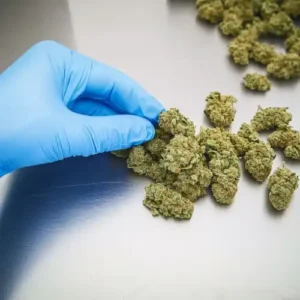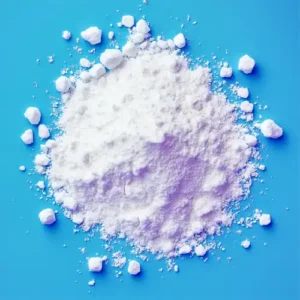In our experience of workplace drug testing, the most abused drug we come across is a legal one that is available without prescription. It also poses the highest health and safety risk. That drug is alcohol.
In the UK, alcohol has been the most commonly abused drug for some time. It is also the single drug that has a level of impairment that is laid down in legislation. This creates a unique situation for an employer as it makes alcohol the only drug of abuse where a direct relationship between test result and impairment exists.
For the employer, an alcohol test makes it easy to decide if an employee is “over the limit” and therefore impaired. The grey area is when testing is carried out and alcohol is detected but at a level that is below the legal threshold of impairment.
Yes – a urine test for alcohol does exist and can be very useful in testing for alcohol usage.
A urine test for alcohol is carried out in order to detect if an individual has been drinking in the recent past. As a test for current impairment under the influence of alcohol, a urine alcohol test is not the correct choice. A positive result of a urine test does not indicate the immediate presence of alcohol in the system.
In order to determine the current presence of alcohol, such as in a drinking and driving scenario, a breath test should be used. This type of test only shows what is in the person’s bloodstream at that particular time.
Best Uses for Urine Alcohol Testing
The best way to use a urine test for alcohol is in situations where abstinence is a requirement. Examples of such situations:
- child custody agreements when a parent is required not to drink
- substance abuse treatment programmes
- monitoring under-age drinking
- return-to-work or last-chance agreement that require abstinence on the part of the individual
How Does a Urine Test for Alcohol Work?
A Urine Alcohol Test is normally made up of a plastic test strip with an alcohol-sensitive enzymatic reaction pad attached at the end tip. The strip is dipped into the urine sample and if alcohol is detected in the specimen a colour change takes place.
This change in colour is proportional to the level of alcohol in the urine specimen. By comparing with the colour chart printed on the alcohol test packaging, an approximate alcohol level of concentration can be determined.
How Long Does Alcohol Stay in Your Urine?
The length of time alcohol can be detected in your urine depends on several factors, including how much you drank, your hydration level, and your individual metabolism. Generally, alcohol can be detected in urine for up to 48 hours after your last drink. However, more advanced urine tests can detect alcohol in your urine up to 80 hours after you’ve consumed alcohol. It’s important to remember that no matter how much time has passed, there’s always a chance that alcohol could still be detected in your system.
Are There Any Limitations to Urine Alcohol Testing?
While urine alcohol testing can be an effective tool for detecting recent alcohol use, it does have some limitations. For one, it cannot determine a person’s exact blood alcohol concentration (BAC) at the time of the test. Additionally, certain medications and medical conditions can sometimes cause false positives on urine alcohol tests. If a positive result is obtained, it’s usually wise to follow up with a more specific confirmatory test, such as gas chromatography, to rule out any potential false positives and confirm the presence of alcohol in the system.
Photo: “Booze” by Anthony Cunningham for Zoom Testing
Zoom Testing is a leading UK drug testing company and a supplier of Drug Test Kits.





